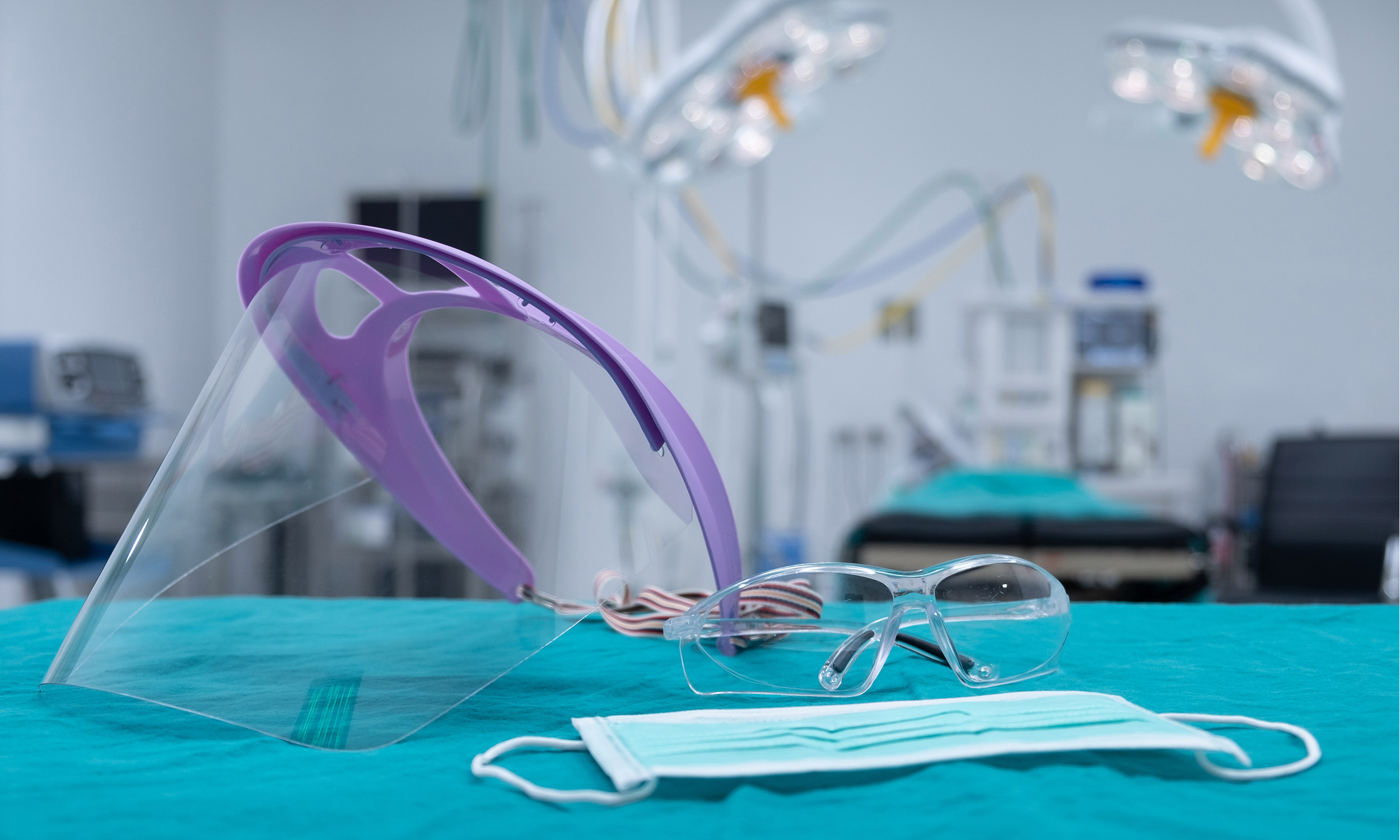
Accurate procedure billing is essential for sustaining a viable medical practice. The big challenge is applying the right procedural codes, which are used to determine price of medical care and, unfortunately, has generated a fair amount of negative media attention.
Coding error estimates can vary widely by healthcare setting and from payer to payer but have been reported to be as high as 42% of claims (specifically for Medicare evaluation and management claims).
In general, difficulty in determining procedure codes increases with the number of different types of procedures a facility performs. For gastroenterology procedures performed at ambulatory surgical centers, for example, the number of procedures is generally low, meaning coding in this setting is fairly easy compared with hospitals.
Regardless of the level of coding complexity, coding and billing errors are, of course, avoidable for gastroenterology procedures—but stopping problems before they lead to multiple billing denials requires being proactive.
We talked with Stephanie Ellis, owner of Ellis Medical Consulting Inc. and former Medicare fraud investigator, to pinpoint some strategies to help gastroenterology practices better manage their billing processes.
Regularly undercoding procedures on claim forms can lead to shortchanging your practice, and regular upcoding can put your practice at risk for fraud charges. Practices need “to be sure that when they hire a new coder, that that coder is properly trained on what they are going to be coding,” Ellis said.
Coders might have picked up experience coding at other facilities or received their primary training through coding certification. Regardless, neither of these qualifications, by themselves, should be considered evidence a person can code at a gastroenterology practice.
Passing a facility-specific coding test should be a standard part of the hiring process. Ideally, for a GI practice, that test would probe for knowledge of coding mistakes common to that setting, such as coding for the occurrence of bleeding or the occurrence of multiple biopsies and lesions taken during a single surgery. Having a candidate explain how he or she would determine the proper coding for infrequently-encountered procedures could also help in the selection of the most qualified person for a coding position.
The coding system is continually under review and gets updated every year. A number of healthcare specialty organizations, such as the Society of Gynecologic Oncology Task Force on Coding and Reimbursements, review the current procedural terminology (CPT) and Healthcare Common Procedure Coding System codes used to classify procedures relevant to their specialties and make recommendations for coding changes. The coding system changes approved by the Centers for Medicare and Medicaid Services are published by the American Medical Association every year around October and go into effect in January of the next year.
Because coding is frequently changing, Ellis stresses that administrators must “support the coders and billers, or physicians if they are the ones doing the coding, getting trained regularly, and that they keep up with what the rules are.” Provide these staffers the resources they need, such as the latest medical coding books, and help them obtain coding certification.
Another good investment is membership to coding organizations, such as the American Association of Professional Coders (which is better for ambulatory surgical center coding staff) and American Health Information Management Association (ideal for hospital coding staff), which help their members stay informed of coding changes.
The medical information that needs to be recorded for a GI procedure can be extensive, and the data collection process is prone to errors, with busy individuals often forgetting to report details. A considerable amount of effort should be put into optimizing your data collection and entry process.
Review your entire documentation process and consider every option. Should you incorporate extra staff, shift data entry to different staff members, or purchase dictation software? Sometimes all that is needed to improve data collection is simply providing physicians updated operative report templates.
Review your electronic medical records (EMR) software and billing and coding software, and discuss with your vendor ways to customize the products to make them work better for your practice. Integrating the platforms might be another way to optimize your billing process.
Some EMR software can suggest diagnosis and procedural codes, but Ellis cautions against relying on these coding suggestions. “Sometimes these aids are correct and a lot of times they are not. A person who understands coding should ultimately be checking even if the EMR does the codes,” she said. “When these systems code incorrectly, they normally are upcoding, and that’s dangerous.”
Don’t make assumptions about bill denials. Categorizing denials by procedure, employees, physician, and payer can help identify the problem’s origin. Does a staff member need further training? Does your documentation process need to be revised?
Identifying and resolving the true cause will ultimately save staff bandwidth spent resolving multiple billing denials, and fewer bill denials means improved cash flow.
Audits should be performed at least once a year, but depending on staff size, turnover, and the variety of procedures performed, quarterly audits can make more sense. Ellis recommends performing an audit “pretty quickly after hiring someone new. Because then the audit becomes a training tool.”
Auditing should review not only coding and billing but also data collection and bill denial processing. Don’t put these evaluations on the back burner—they are perfect opportunities to review how your system is working, root out shortfalls, and make adjustments to improve performance. [gie-article-cta]


